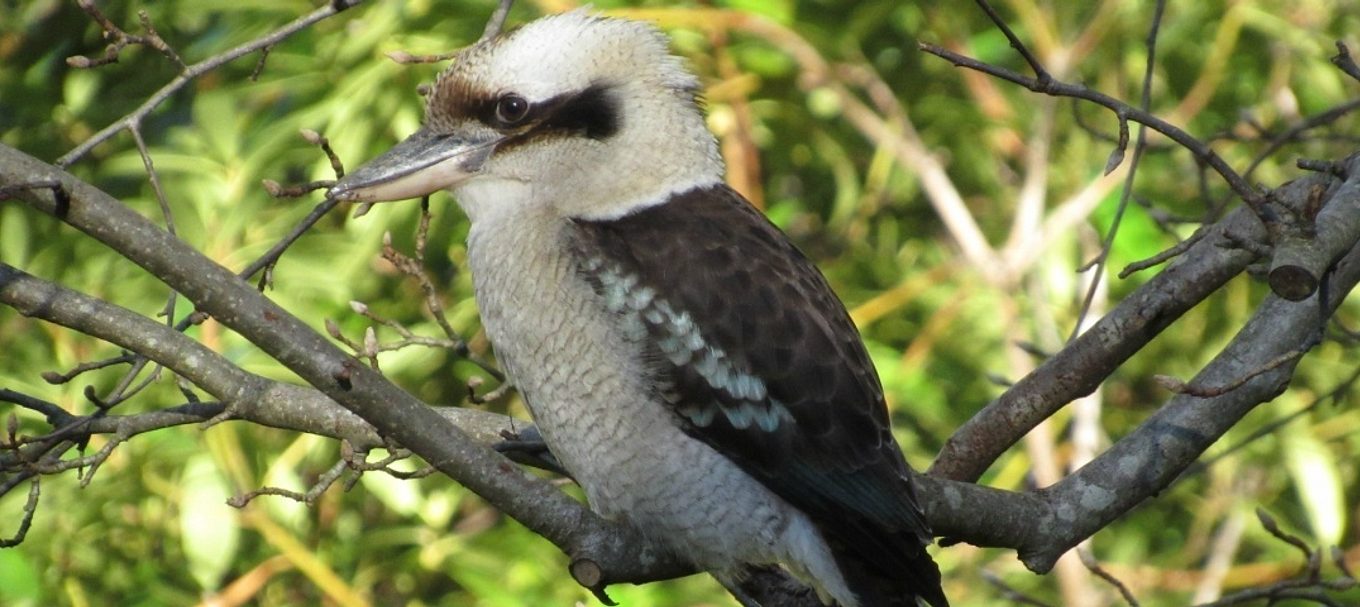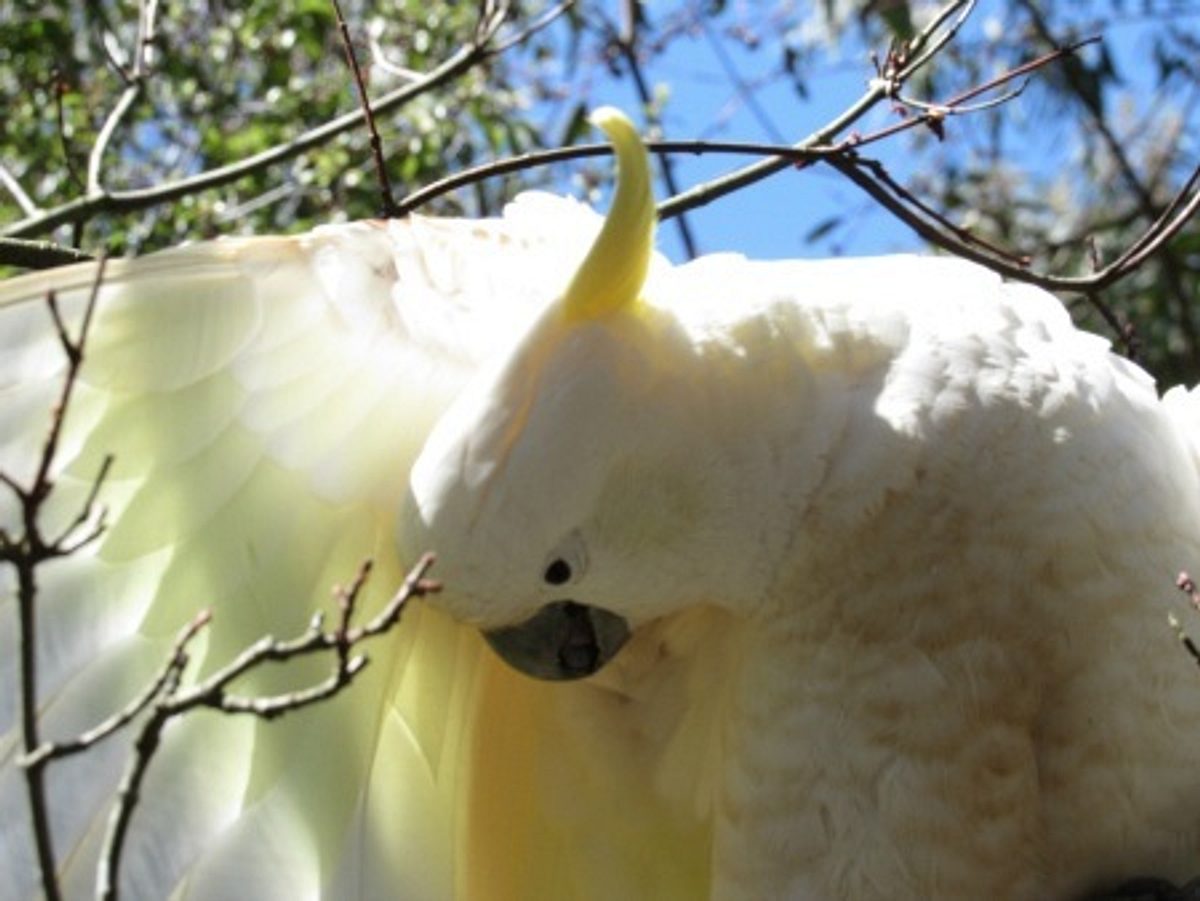
How to bring birds to your garden
There’s nothing like the sweet tweet of birds in your garden. This National Bird Week (16-22 October) we're taking you through how to attract them – without a seed feeder.
Whether you live in the suburbs or the bush, every part of South Australia has its special contingent of local birds.
From common garden visitors like willy wagtails or magpies, to something a bit more unusual like blue wrens or kingfishers, many of us love to see birds in our gardens.
Feeding birds can cause a range of problems, from making them dependent on human handouts to illness caused by poor diets.
So how can we let birds know they are welcome without putting out food? Here are some suggestions:
1. Go native
Just because you aren’t offering commercial birdseed, it doesn’t mean you can’t give your garden birds a feast.
Flowering plants like bottlebrush, grevillea and flowering eucalypts will attract nectar-feeders such as lorikeets and honeyeaters.
Cockatoos love plants with hard seed pods for them to crack, like hakea, drooping sheoak and banksia, while finches and other small seed-eaters will thank you for planting native grasses and allowing the seed heads to develop.

For more information on plants that are native to your local area, contact State Flora or your local native nursery.
2. Let the leaves lie
A good layer of leaf-litter or mulch will enrich the soil while also providing cover for the insects, small lizards and invertebrates that birds like kookaburras, magpies and fairy wrens love.
3. Reduce poisons
Reducing the use of poisons in your garden will benefit not just the birds, but your entire garden ecosystem.
Poisoning insects and spiders not only reduces the food source that some birds need, it can also end up harming the birds if they eat too many poisoned creepy-crawlies. And those poisons don’t just kill the undesirable bugs – they also kill the good ones, like the praying mantises that keep aphids under control.
4. Keep your pets inside
While cats and dogs are wonderful company for humans, they aren’t so beneficial for native wildlife.
The good news is that keeping dogs under control while they are outside, and ensuring cats are desexed and kept inside whenever possible can reduce the fatality rate.
Many cat owners are now building outdoor enclosures in their gardens, or ‘catios’, that allow their furry friends to bask in the sun while still keeping the local birds and animals safe.
5. Participate in the Aussie Backyard Bird Count
Got 20 minutes to spare? That’s all you need to be part of this year’s Aussie Backyard Bird Count, taking place from 16-22 October. The count helps BirdLife Australia find out about the common species that live near us, providing a snapshot that can be compared from one year to the next. Understanding trends in our bird communities is a great indicator of the health of the environment, so go to your favourite outdoor space and record what you see.
Love our native animals? Be sure to learn how to keep the 'wild' in our wildlife.
This story was originally posted in August 2017 and has been updated.





